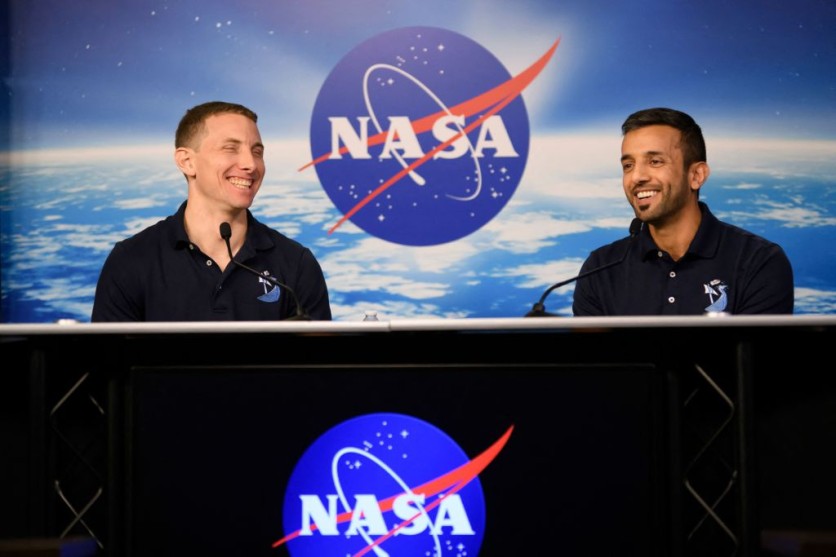SpaceX is set to send the Crew-6 astronauts to the International Space Station (ISS). The mission will help NASA's preparations for its upcoming crewed moon explorations and other space objectives, according to a report by Space.com.
Crew-6 will undertake studies to advance long-duration off-Earth living in the future. The crew is slated to fly on a Falcon 9 rocket before Feb. 26.

Testing Site for Artemis
According to Crew-6 pilot Warren "Woody" Hoburg, a first-time NASA astronaut, the space station will serve as a testing site for Artemis.
He pointed out that since long-duration astronaut stays there began 22 years ago, the ISS has hosted demonstrations of many kinds of technology. But this time, the studies will focus on how it will help NASA's future missions to the moon.
According to NASA's documents, the moon-related experiments will include a microscope that might function on the lunar surface, a look at space station bacteria that might keep astronauts healthy on the moon, and an experimental high-speed communications system.
Another benefit of long-term mission planning, according to Hoburg, is that the ISS enables personnel to experiment with hobbies that keep them happy and psychologically healthy when they are away from Earth.
The Artemis Accords, a NASA-led international framework for peaceful lunar exploration, was signed by the United Arab Emirates (UAE) in 2020. Hence, an astronaut from the UAE will be joining Crew-6 for the upcoming flight.
Sultan Al Neyadi is the first UAE astronaut in the fledgling program to accept a lengthy mission following Hazza Al Mansoori's eight-day inaugural trip in 2019. Al Neyadi obtained his position on Crew-6 after a series of astronaut seat trades among the participating ISS nations.
ISS' Russian Side
Andrey Fedyaev, a rookie Russian astronaut, will also be one of the members of Crew-6.
Russia is not a member of the Artemis Accords, and after it invaded Ukraine almost a year ago, it is now considering building a new independent space station in collaboration with China.
But science continues on the Russian side of the ISS, and it might be helpful for all long-duration astronauts wherever they go, according to Space.com
Smelting and crystal formation are two continuing Russian ISS projects, according to Fedyaev, which could progress in-situ manufacturing on the moon or elsewhere.
In 2021, the ISS Nauka module arrived to expand Russia's science objectives. The newcomer temporarily disrupted station operations when an accidental engine fire caused the station to tilt. However, everything was swiftly regained, enabling Russia to prioritize operational readiness.
Related Article : NASA Will Land On The Moon For The First Time in 50 Years l Here's Everything You Need To Know About Artemis 1

ⓒ 2025 TECHTIMES.com All rights reserved. Do not reproduce without permission.




